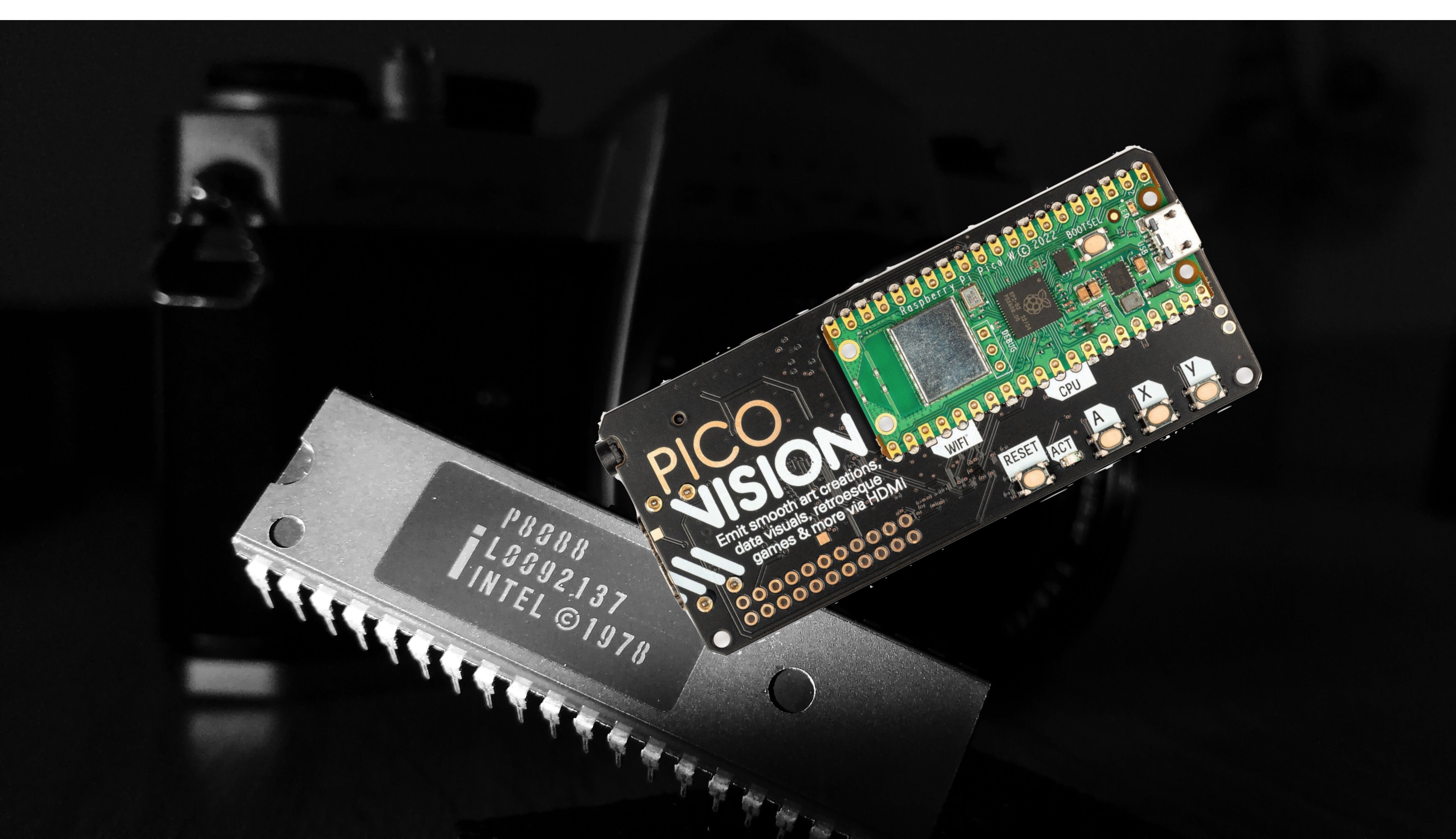
Programmer and tinker Charlie Birks has come up with what he calls an addition to “silly things to do on a pico.” Using a Pimoroni PicoVision and a custom-coded emulator, Birks has successfully booted Windows 1.0 on modern computing hardware.
My latest addition to "silly things to do on a pico": boot Windows.(1.0, on a PicoVision) pic.twitter.com/BvFlh1ZvVIJune 20, 2024
We’ve covered the Pimoroni PicoVision before. The inexpensive device includes a Raspberry Pi Pico W and a second RP2040 SoC on the back of the board. In this configuration, the RP2040 included with the Raspberry Pi Pico W can act as the CPU and provide Wi-Fi connectivity, while the second RP2040 works as the GPU for the development board.
The PicoVision is great for retro gaming and computing, digital signage, and other modern conveniences. It’s also useful for resurrecting the original version of Windows.
Birks wrote a bespoke PC emulator that runs on the PicoVision to accomplish the task. The emulator, dubbed Probably Average Computer Emulator (I’ll refer to it as PACE henceforth), offers what’s described as a “mostly complete 8088 CPU core.” The original version of Windows 1.0, released in 1985, required at least MS-DOS 2.0 running on an 8088 processor.
PACE also provides basic chipset support for Peripheral Interface Controllers, Programmable Interrupt Timers, and Programmable Peripheral Interfaces. The programmer notes that Direct Memory Access (DMA) is mostly unimplemented, making disk support tricky. There is built-in support for CGA graphics, some floppy controller support, and some compatibility with fixed disk adapters.
The PACE emulator makes good use of PicoVision’s total of 16MB of PSRAM. However, the emulator only supports 640KB of memory, which is understandable given that Windows itself only requires 256KB of RAM.
To load Windows, Birks is running MS-DOS 3.3 (the newest supported version) and Windows 1.01. He’s implemented keyboard support over USB HID, but no other input as of yet. Future improvements, according to a thread on X, could include joystick support and, I assume, mouse pointer support.
If you want to try it all out for yourself, the Pimoroni PicoVision is easy to come by. Birks’s emulator is available under a permissive MIT license on GitHub.







